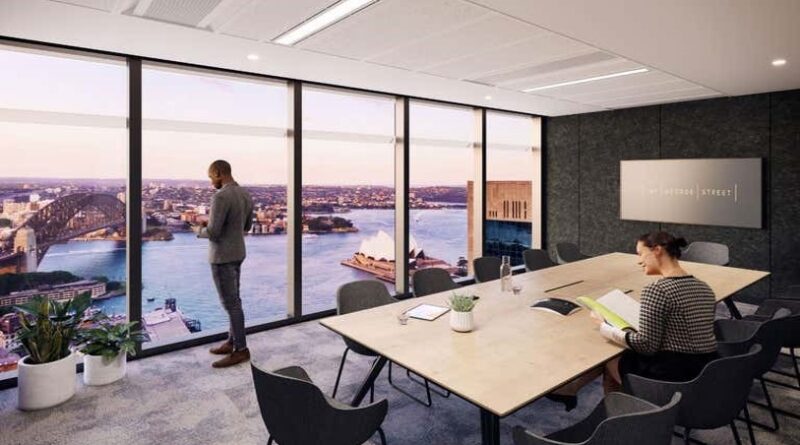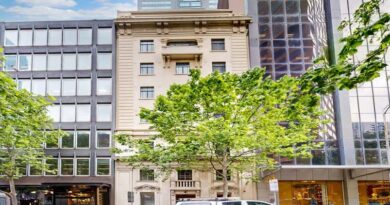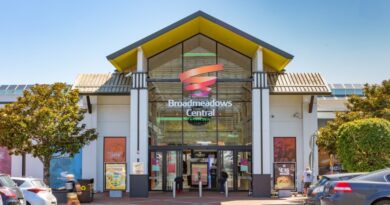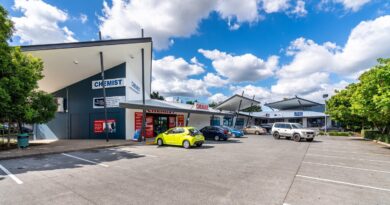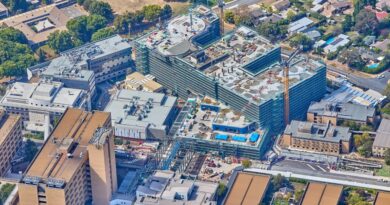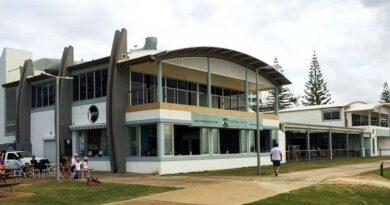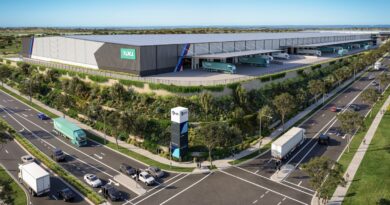Office vacancy up as supply outstrips demand again
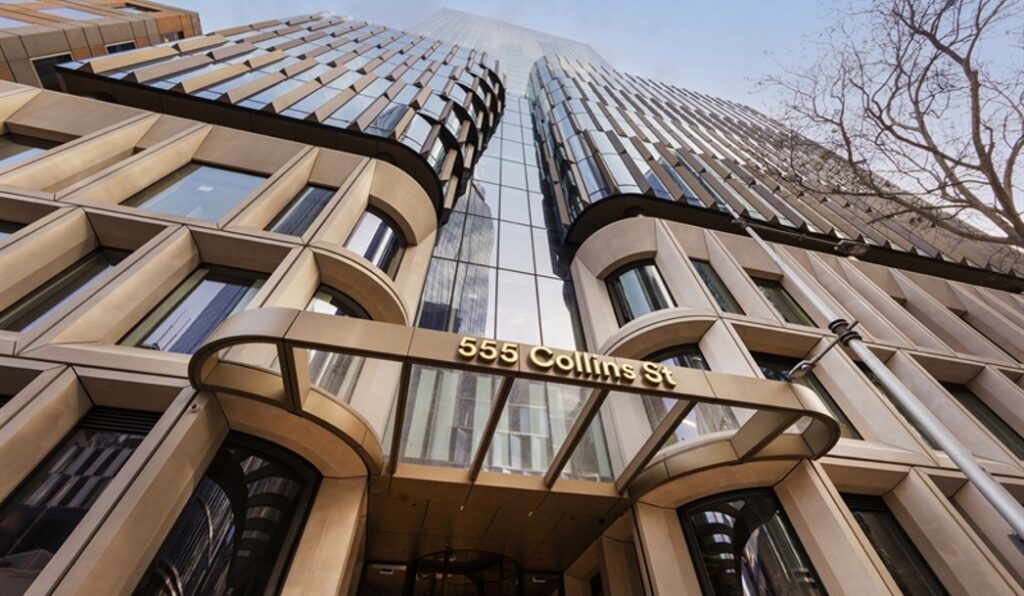
It is still a tenant’s market with vacancy up in almost all major city, fringe and suburban office regions, according to the Property Council of Australia’s bi-annual Office Market Report, released today.
Nationally, CBD office vacancy rose from 12.8 per cent to 13.5pc in the six months ended January, 2024.
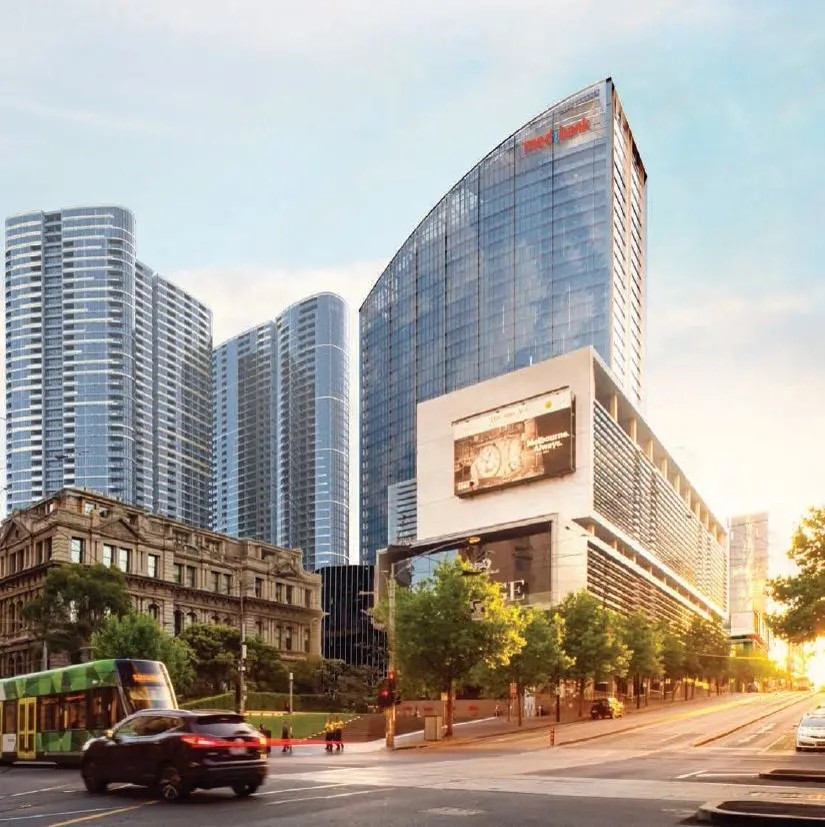
Prime quality space – the adding of Premium and A-grade – with 12.9pc vacancy, outperformed secondary markets (14.5pc).
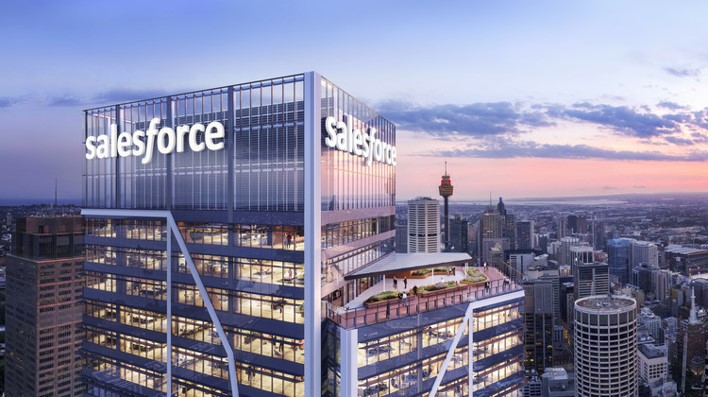
Tenants quit 201,264 square metres more than they took.
At the same time, developers added 152,336 sqm to supply.
It could be much worse after this year, with 466,215 sqm to be added to the CBD stocklist.
Australia’s highest office vacancy levels were in 1993/1994.
The fringe and suburban sectors are still a concern; non-CBD office vacancy is now 17.9pc – nearly a fifth – according to the PCA.
When combined with CBD occupancy levels, Australia’s overall office vacancy rate is 14.8pc, up from 14.1pc six months ago.
Out with the old in capital cities
Adelaide continues to have the highest vacancy – this time it shot from 17pc to 19.3pc.
Melbourne, which was before the pandemic the country’s top performing CBD market, is now the second last when measured by vacancy.
In the Victorian capital, 16.4pc of offices are empty now. Last July, it was 14.9pc.
More than 190,000 sqm is earmarked this year including 693 Collins St (69,000 sqm), 600 Collins (60,000 sqm) and 435 Bourke (62,000 sqm).
Perth was the only capital to record a drop in vacancy, albeit it slight, to 14.9pc from 15.9pc (story continues below).
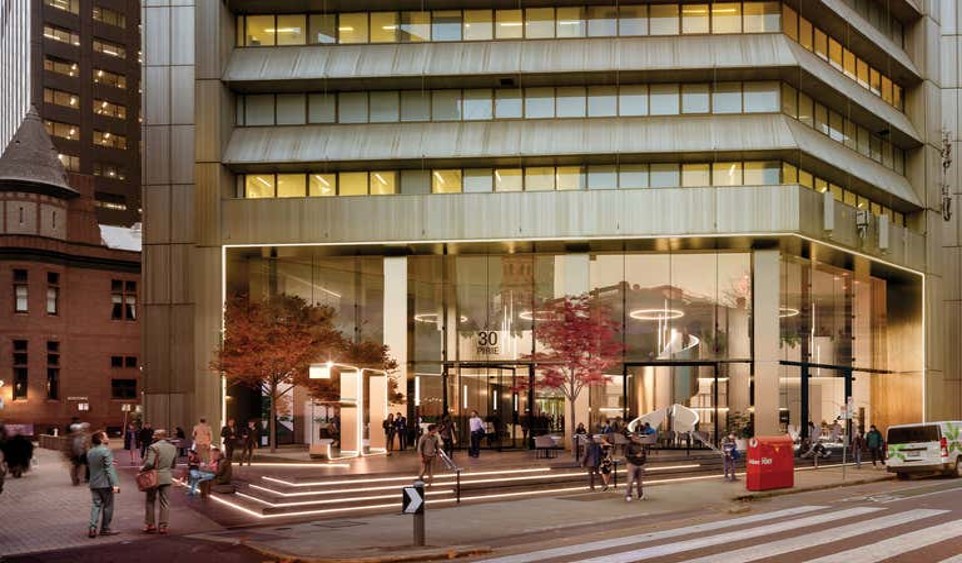
Three major projects will join its stocklist this year including 98 Mounts Bay Road (13,681 sqm), 250 St Georges Terrace (21,306 sqm) and 9 The Esplanade, with (32,000 sqm).
The Western Australian capital is followed by Darwin (14.4pc, up 10 basis points), Sydney (12.2pc, up from 11.5pc), Brisbane (11.6pc to 11.7pc) and Canberra (8.2pc-8.3pc).
Hobart’s is the tightest office market, with 2.8pc vacancy – a rise of 0.5pc since July.
“The increase in office supply during 2021 and 2022, far surpassing the historical norm, and continued business moves towards high grade offices explains the results we are seeing,” PCA president, Michael Zorbas, said.
“There is a clear divergence between older, low quality stock and the new premium office buildings rejuvenating our cities,” he added.
“The strength of local economies is also evident in these numbers,” according to the executive.
“The Perth market has enjoyed a drop in vacancy rates while Brisbane and Canberra both remained stable, despite all three cities hovering around their historical average office supply levels over the past few years”.
Queensland’s non-CBD markets shine
Non-CBD office vacancy increased from 17.3pc to 17.9pc in the six months to January.
Within that, St Kilda Road takes the title as the country’s west performing region – with over 27pc of offices empty.
It was followed by four Sydney locations – Crows Nest/St Leonards, North Sydney, Parramatta and Macquarie Park, where vacancy is at least 20pc.
By comparison the two best performing non-CBD markets are in Queensland: the Sunshine Coast, where vacancy is five per cent, and the Gold Coast – at just over 6pc.
The OMR is available to purchase at this PCA link.
Subscribe to our newsletter at the bottom of this page.

